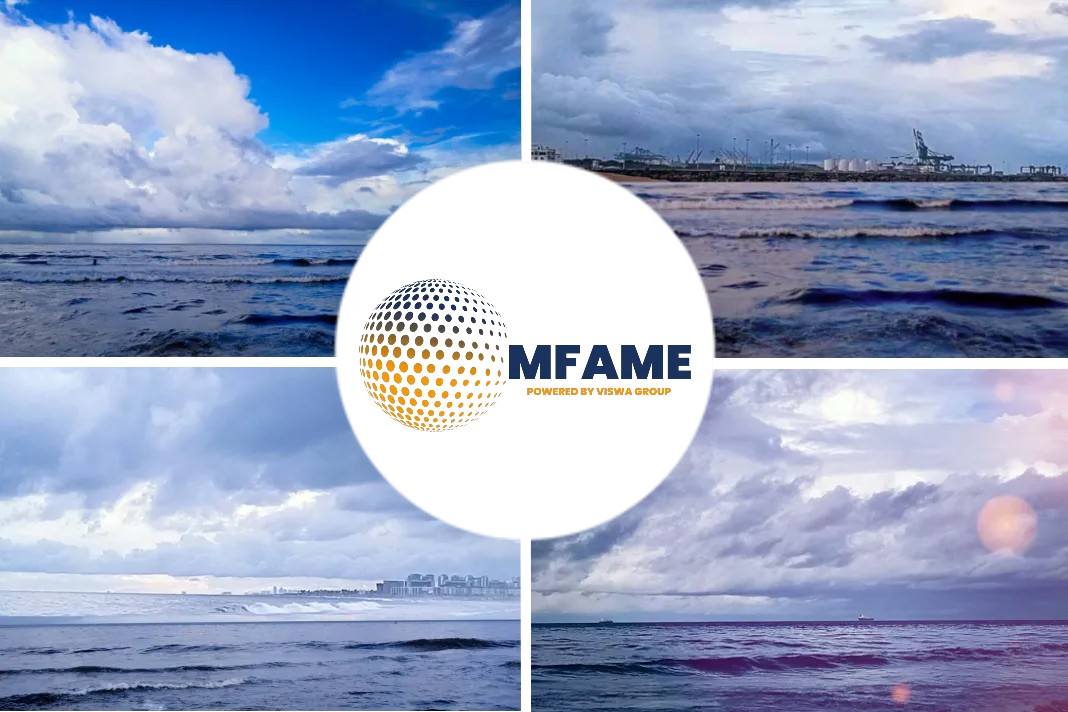
- The VLCC sector has been exceptionally volatile – spot Middle East Gulf to the east TCE’s around $100,000 per day in late March- rivalling late 2022’s highs.
- A new instrument, the BWET exchange traded fund (ETF), has recently been launched by Breakwave Advisors.
- At the outset, the BWET instrument will be composed of components tied mainly to VLCC trades, with a rebalancing slated for December.
Investors in the tanker market have been closely following the recent batch of earnings reports, conference calls and analyst recommendation as the market eased since the boom times of 2022.
Tanker stocks
The turn of the year brough fresh challenges including the impacts of “price caps” on crude and products, but most observers view it as healthy with a low order book although more are now being reported.
The VLCC sector has been exceptionally volatile – spot Middle East Gulf to the east TCE’s around $100,000 per day in late March- rivalling late 2022’s highs, now down to less than half of that for scrubber fitted vessels – giving investors some pause.
The overall equity markets, providing the backdrop for trades in shipping shares, which comprise a miniscule fraction of overall share capitalisation, have also seen wide swings.
Exceeding the predictions
Last week, investors were closely watching the Q1 2023 earnings release from New York based tanker owner International Seaways (NYSE – INSW), with reported results providing a nice beat, meaning that they exceeded the predictions of shipping analysts.
The stock, which traded over $50 per share in late March, which-not so coincidentally, was when the VLCCs were at that $100,000 level, has backed off in recent weeks, notably after OPEC+ announcing production cuts, with prices below the $40 per share level.
Dividend mechanisms
Equity analysts like INSW, which has been strategic with its fixtures, and also has returned cash to shareholders through its dividend mechanisms. Its fleet is spread among multiple tanker market segments.
Analyst Greg Lewis, from BTIG, a big fan of INSW, told investors: “while we remain constructive longer term on tankers owing to favorably supply side dynamics and maintain our Buy rating owing to INSW’s strong balance sheet and ability to return cash to shareholders (total Q1 dividends were $1.62 which is a ~4% dividend yield just on Q1) we lower our price target, owing to our expectation of continued near-term rate softness.”
Higher earnings
In offering the view of “rates limping through the summer months”,Lewis said, “INSW has fixed roughly ~46% of its Q2 revenue days at ~$44k which is on par with the ~$44k realized across the fleet in Q1, which points to another quarter of solid cash flows.”
Stifel analyst Ben Nolan was looking for a similar rate dynamic; he wrote to clients: “We expect next quarter should drive significantly higher earnings as approximately one-third of the fleet is locked in at better rates than our estimates for 2Q.”
At Jefferies, Omar Nokta took a positive view, with a weather eye on geopolitics, telling clients: “This is the third consecutive sizable payout following the $1.00 per share in 3Q22 and $1.88 per share in 4Q22.
We remain optimistic on the company’s outlook though we see risks to earnings potential in the coming months due to OPEC’s scheduled cuts.”
Growth in US crude oil exports
The shifting flows of oil, always a market feature, might also benefit ISNW. Mr. Lewis, from BTIG, pointed to INSW’s US Gulf lightering business, which would continue to see benefits from the growth in US crude oil exports (presently around 4.8m barrels per day, up 20% from the same time in 2022).
In analyzing recent INSW results, he pointed to a healthy $5m of EBITDA (similar to cash flow) generated from such lightering in the Q1 results.
Exchange traded fund launched
Investors can follow a course other than transacting in individual stocks. A new instrument, the BWET exchange traded fund (ETF), has recently been launched by Breakwave Advisors, the same team behind the very successful BDRY investment vehicle for those following dry bulk.
The ETFs, listed on the New York Stock Exchange, reflect a bundling of futures contracts, in their respective sectors, extending six months out. As contracts are settled (in cash), positions are then rolled over into the next maturity.
Tanker futures contracts
The pricing of the ETF is very specific to the tanker market prospects on particular routes- tied to values that traders put on the tanker futures contracts.
This is in contrast with the equity markets which are influenced by a host of exogenous and macro factors far beyond oil market dynamics – think Federal Reserve, jobs reports, and travails of regional banks, among others.
At the outset, the BWET instrument will be composed of components tied mainly to VLCC trades, with a rebalancing slated for December.
Did you subscribe to our Newsletter?
It’s Free! Click here to Subscribe.
Source: Seatrade Maritime






















